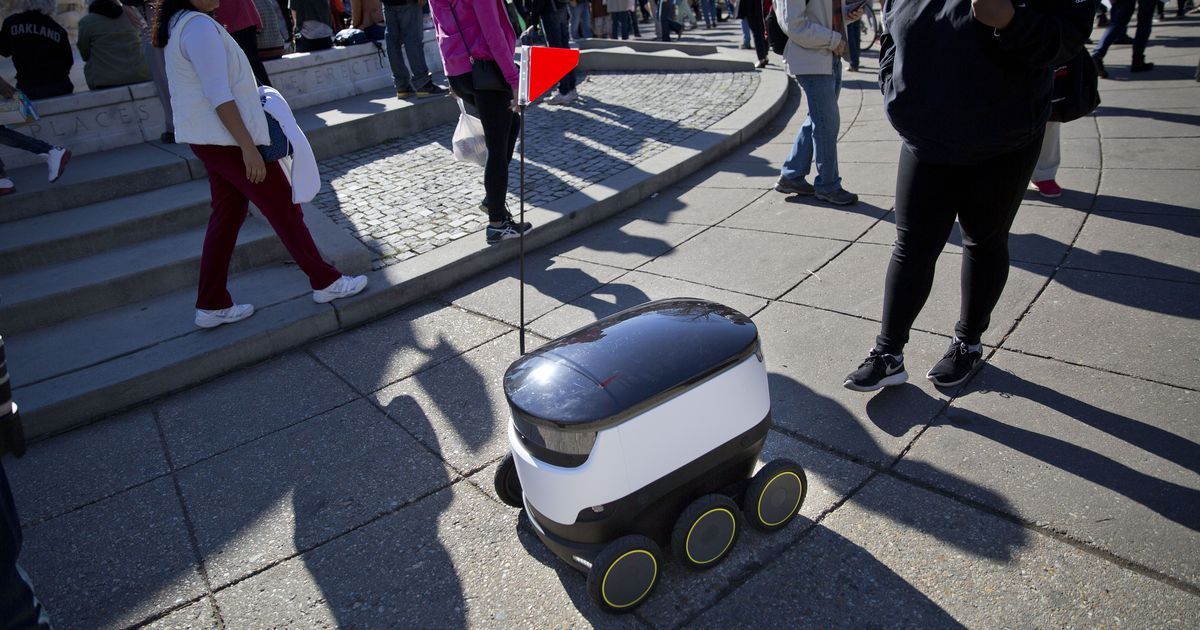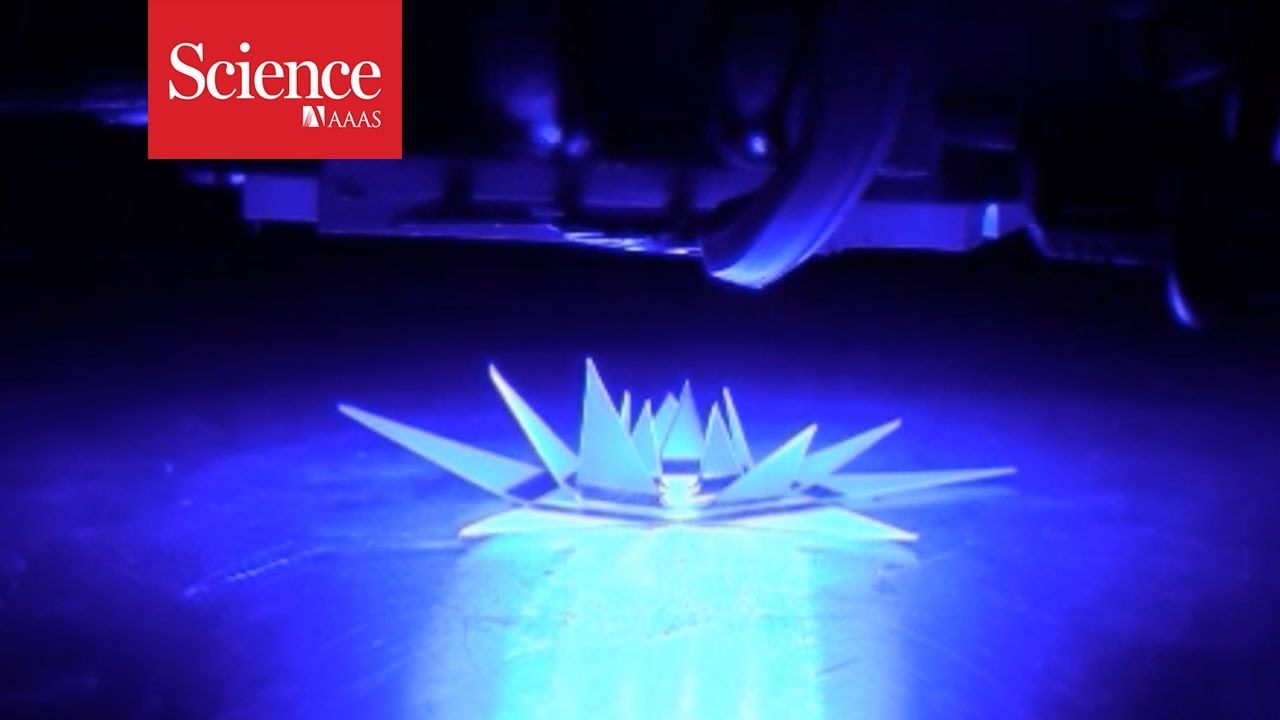Mar 4, 2017
Google Deep Learning system diagnoses cancer better than a pathologist with unlimited time
Posted by Lily Graca in categories: biotech/medical, robotics/AI
Google has been working on advanced image-recognition systems for several years through its GoogLeNet projects. The project was, in part, aimed at the company’s autonomous car project, teaching self-driving cars to recognize everything from road layouts to stop signs.
The company has now applied GoogLeNet tech to cancer diagnosis, and reports that the system was already delivering good results straight out of the box, but says that tweaking the system has delivered stunning performance.
Pathologists have always faced a huge data problem in order to obtain an accurate diagnosis. A massive amount of information — slides containing cells from tissue biopsies, thinly sliced and stained — must be scanned in search of any abnormal cells. And time is of the essence.

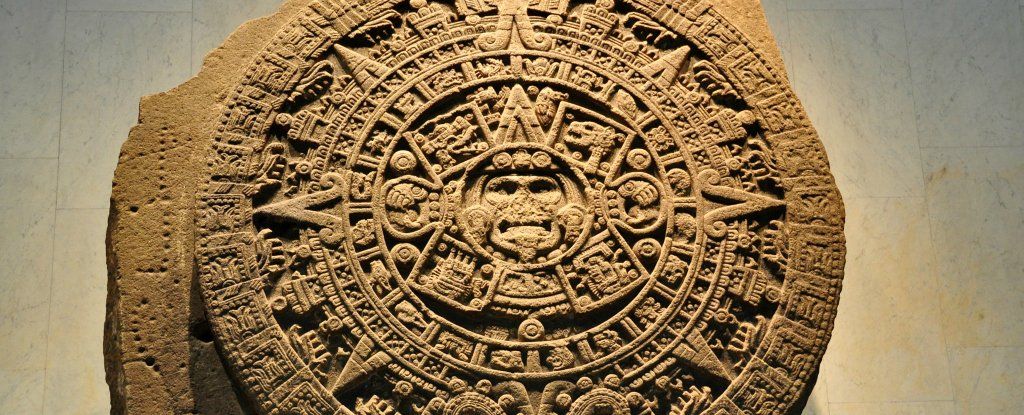
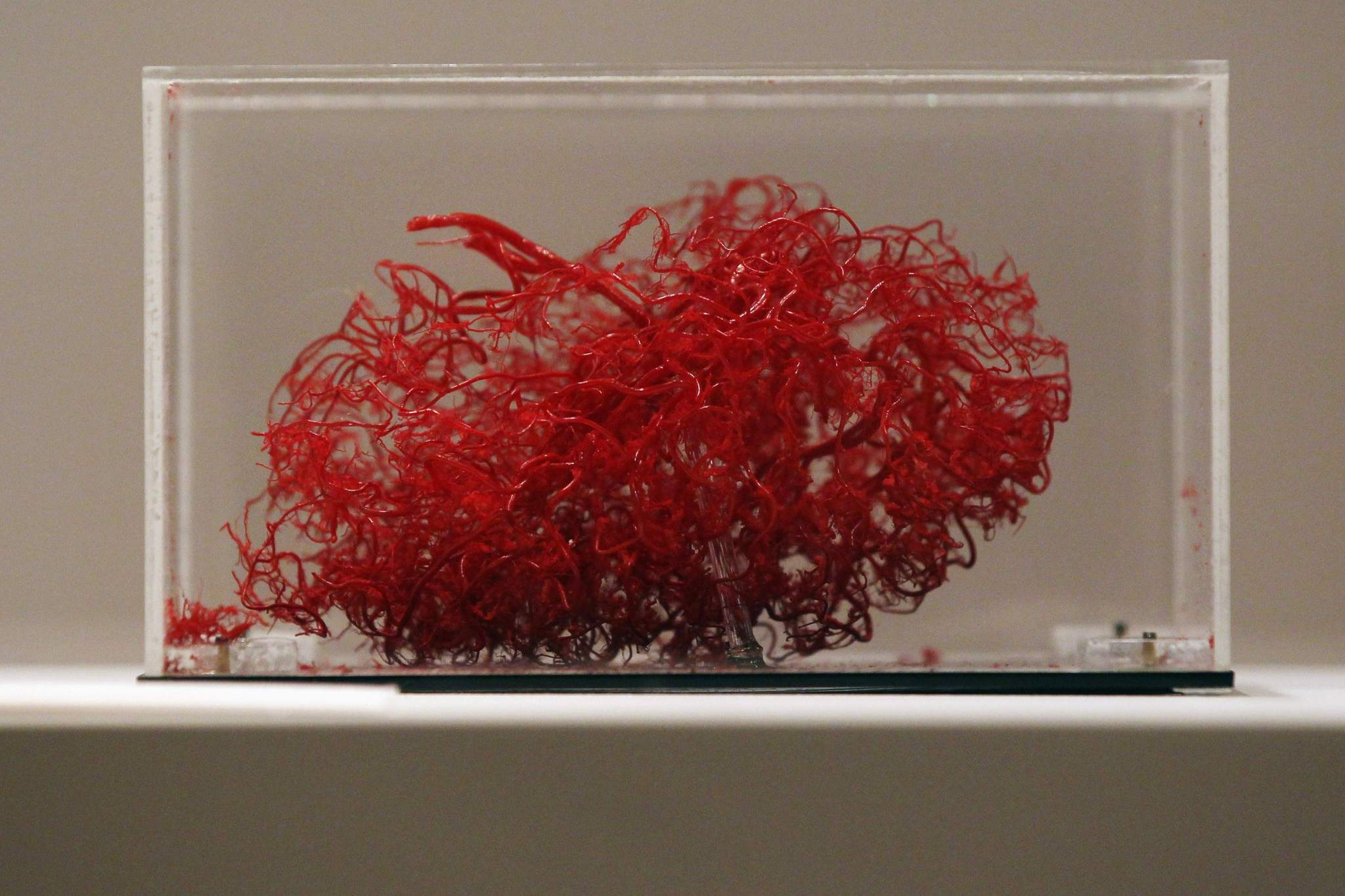
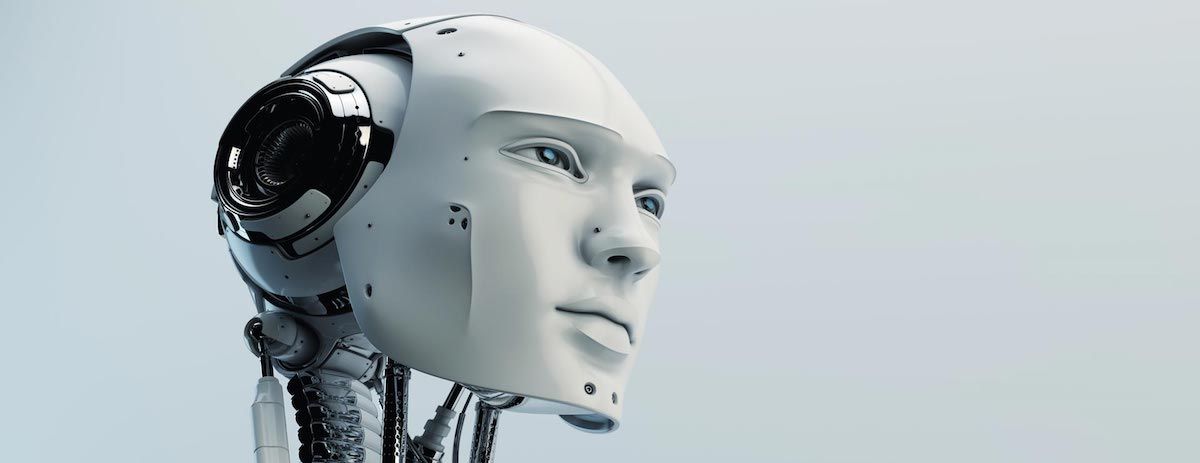

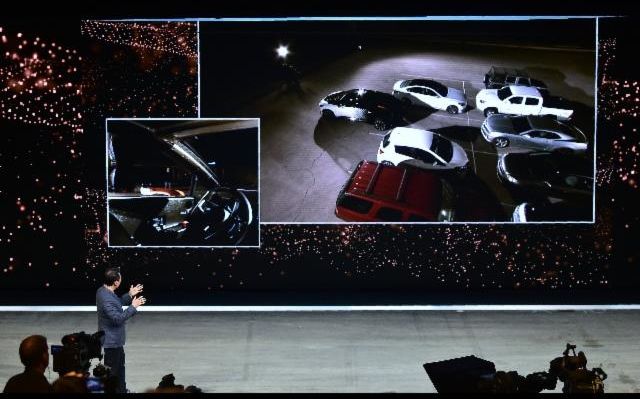
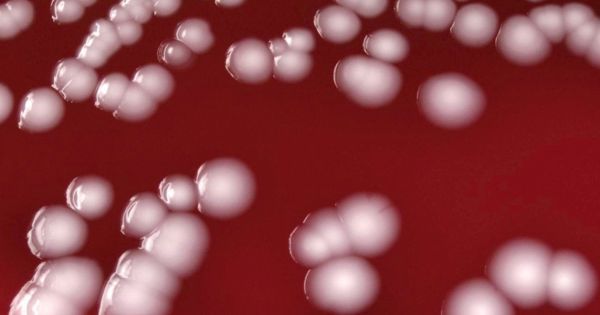
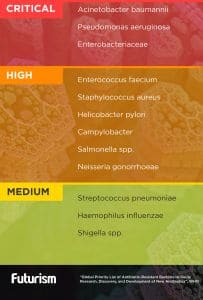 microbes could take more than a decade to develop. In an effort to stress the urgency of this rising resistance, the World Health Organization (WHO) created a list of the twelve deadliest superbugs with which we are currently dealing.
microbes could take more than a decade to develop. In an effort to stress the urgency of this rising resistance, the World Health Organization (WHO) created a list of the twelve deadliest superbugs with which we are currently dealing.
